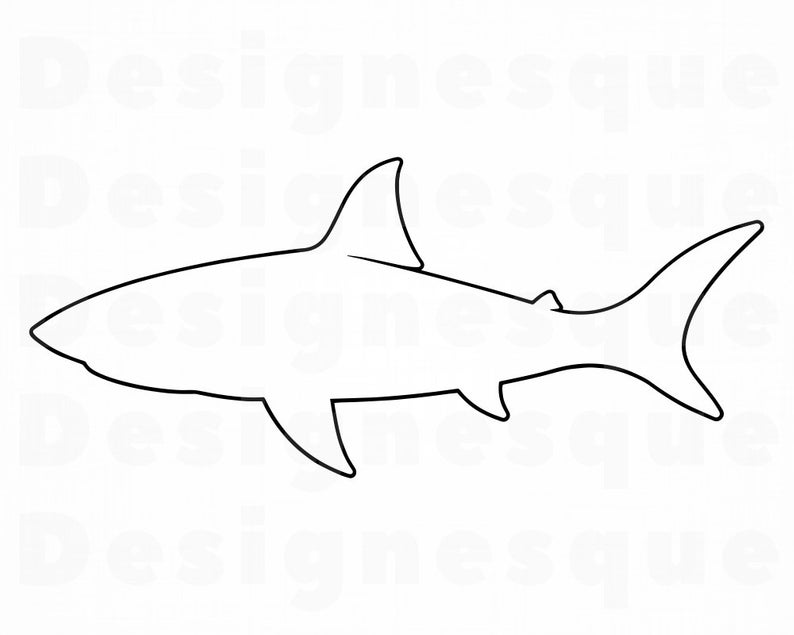
At that point in Earth's history these rocks made up the soft bottom sediments of a large, shallow ocean, which stretched across much of North America. Preservation requires rapid burial in bottom sediments.Īmong the most ancient and primitive shark-like fish is Cladoselache, from about 370 million years ago, which has been found within Paleozoic strata in Ohio, Kentucky, and Tennessee. When a shark dies, the decomposing skeleton breaks up, scattering the apatite prisms.

The teeth consist of easily fossilized calcium phosphate, an apatite. Estimates suggest that sharks grow tens of thousands of teeth over a lifetime, which explains the abundant fossils. Partial skeletons and even complete fossilized remains have been discovered. Most fossils are of teeth, often in large numbers. The majority of modern sharks can be traced back to around 100 million years ago. At this time the most common shark tooth is the cladodont, a style of thin tooth with three tines like a trident, apparently to help catch fish. Those animals looked very different from modern sharks. The oldest generally accepted "shark" scales are from about 420 million years ago, in the Silurian period. Only scales have been recovered from the first supposed elasmobranchians and not all paleontologists agree that these are from true sharks, suspecting that these scales are actually those of thelodont agnathans. See also: Evolution of fish Fossil recordĮvidence for the existence of shark-like chondrichthyans dates from the Ordovician period, 450–420 million years ago, before land vertebrates existed and before a variety of plants had colonized the continents. However, the Middle English Dictionary records an isolated occurrence of the word shark (referring to a sea fish) in a letter written by Thomas Beckington in 1442, which rules out a New World etymology. Įvidence for this etymology came from the Oxford English Dictionary, which notes shark first came into use after Sir John Hawkins' sailors exhibited one in London in 1569 and posted " sharke" to refer to the large sharks of the Caribbean Sea. Ī now disproven theory is that it derives from the Yucatec Maya word xook ( pronounced ), meaning 'shark'. card shark, loan shark, etc.), which was later applied to the fish due to its predatory behaviour. The etymology of the word shark is uncertain, the most likely etymology states that the original sense of the word was that of "predator, one who preys on others" from the Dutch schurk, meaning 'villain, scoundrel' ( cf. This is still evidential in several species termed " dogfish," or the porbeagle. Until the 16th century, sharks were known to mariners as "sea dogs". Since 1970, shark populations have been reduced by 71%, mostly from overfishing. Many shark populations are threatened by human activities. Sharks are caught by humans for shark meat or shark fin soup. Select examples include the tiger shark, blue shark, great white shark, mako shark, thresher shark, and hammerhead shark. Several species are apex predators, which are organisms that are at the top of their food chain. They have numerous sets of replaceable teeth.

Shark outline skin#
Sharks have a covering of dermal denticles that protects their skin from damage and parasites in addition to improving their fluid dynamics. They generally do not live in freshwater, although there are a few known exceptions, such as the bull shark and the river shark, which can be found in both seawater and freshwater. Sharks are found in all seas and are common to depths up to 2,000 metres (6,600 ft). They range in size from the small dwarf lanternshark ( Etmopterus perryi), a deep sea species that is only 17 centimetres (6.7 in) in length, to the whale shark ( Rhincodon typus), the largest fish in the world, which reaches approximately 12 metres (40 ft) in length. Since then, sharks have diversified into over 500 species. Modern sharks first appeared and diversified during the Jurassic period.

However, the term "shark" is also used to refer to extinct shark-like members of the subclass Elasmobranchii, such as hybodonts, that lie outside the modern group. Modern sharks are classified within the clade Selachimorpha (or Selachii) and are the sister group to the rays. Sharks are a group of elasmobranch fish characterized by a cartilaginous skeleton, five to seven gill slits on the sides of the head, and pectoral fins that are not fused to the head. Clockwise from top left: spiny dogfish, Australian angelshark, whale shark, great white shark, horn shark, frilled shark, scalloped hammerhead and Japanese sawshark representing the orders Squaliformes, Squatiniformes, Orectolobiformes, Lamniformes, Heterodontiformes, Hexanchiformes, Carcharhiniformes and Pristiophoriformes respectively.


 0 kommentar(er)
0 kommentar(er)
